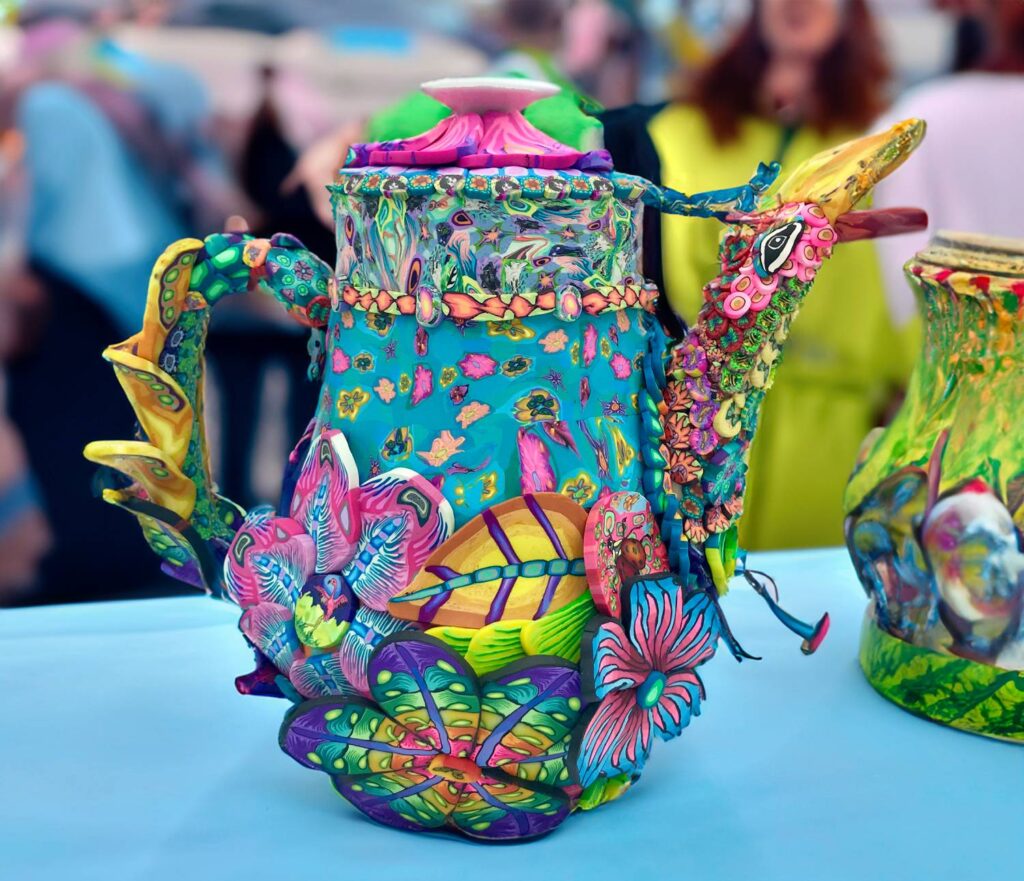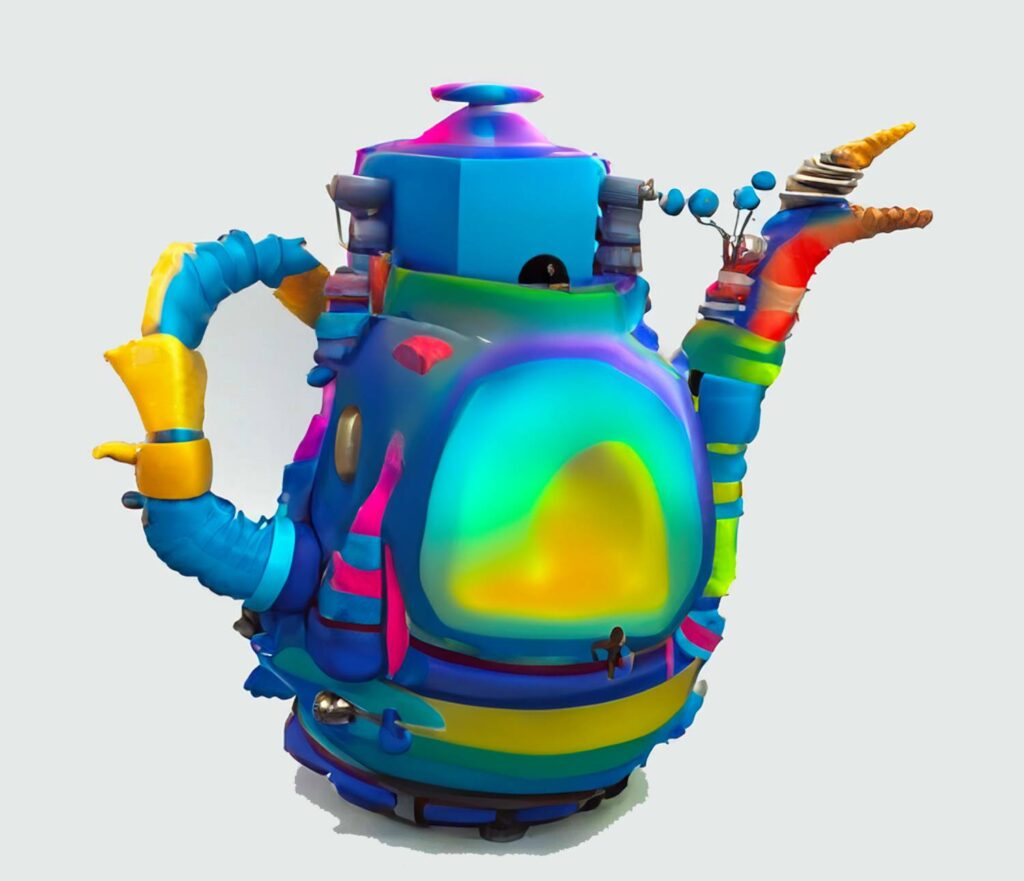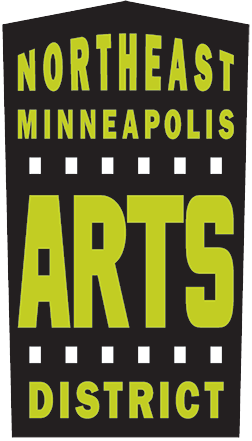The morning of May 1, artist Iya Nacuua spoke to his computer, challenging chat.openai.com to respond to music lyrics. Between him and the platform, the exchange generated more than 410 lines of dialog, about 4,000 words before Nacuua signed off to get breakfast.
Nacuua said he uses artificial intelligence (AI) “as a sounding board. For art, for work, for diagnosing skin blemishes, writing content, all of it. No. 1 work and productivity tool.” He is both promoter and critic, saying the most important benefit may be the mental health of people who would not open up to a human, but would converse with a robot.
Kim Kerns uses AI to enhance business writings and knows of people who use it to craft responses to performance reviews.
Mary Barghout, a writer who submits to and reads work from small, independent literary publishers, said, “I have encountered some journals who accept AI-produced writing, as long as it is called out as such. And some journals who are steadfast in not accepting AI-produced writing, banning future submissions from people they suspect of using it.
“As a reader I’ve always been fond of writing that is character driven, that gets at the core of a character’s heart, guts and experiences,” Barghout said. “While I am sure that AI can produce spine-tingling, back-of-neck hair-raising words, I just don’t want to read something not written by a human. Could be that, as a writer myself I know well the drudgery and pain of writing and submitting and the rare moments of a piece of writing being accepted. I would like to support humans who have put in the work to get some of their stories out there.”
When Cynthia Berg of WIREFRAME, a Twin Cities website and content designer, presented a seminar on artificial intelligence, the content piqued interest and reassured attendees that it won’t replace humans, particularly in visuals.
Berg presented to a business seminar for Reuse Minnesota. She took the group through examples of how first the human teaches one of the platforms what to process. It can generate comprehensive personas of the target audience or content reader, even giving each persona a name, like “Kevin.” The human can prompt AI to suggest headlines, outline articles, and write articles for a particular format such as a LinkedIn post, that would appeal to Kevin. The human can direct that the article be shortened or fleshed out. Such revision results come back instantly, the first draft, almost instantly.
AI can be trained to write like a particular person by feeding it writing samples.
To demonstrate that humans may still have the edge with complex creative tasks, Berg challenged ChatGPT to generate an image based on commands. As most attendees expected, the platform was not up to the task — yet.

Berg said, “I believe AI will not replace us as creators if we are willing to lean into understanding how it can help us with idea generation, research and efficiency. Once we know what AI is good at (and not so good at), we can leverage it to handle 30% of the work while we handle 70% of pure magic that is our birthright as human beings.”
Computer scientist and cognitive psychologist Geoffrey Hinton, featured on a “60 Minutes” update, said he believes the machines could make themselves smart enough to take over. He’s credited as the godfather of AI, for making an accidental discovery as he was trying to computer-simulate neural networks to better study the brain.
From the transcript of Hinton’s interview: “It may be we look back and see this as a kind of turning point when humanity had to make the decision about whether to develop these things further and what to do to protect themselves if they did … There’s enormous uncertainty about what’s gonna happen next. These things do understand. And because they understand, we need to think hard about what’s going to happen next.”
Some platforms offer free versions for people to try out. While ChatGPT might be the best known, Northeast Minneapolis Arts District Chair Josh Blanc mentioned Perplexity, Jasper and Microsoft CoPilot. A panel discussion for builders listed others. One speaker uses AI for hiring — generating the questions that will get at the best fit with company values, others for “take-offs” — calculating and ordering supplies based on dimensions — and as a sounding board for marketing ideas.


Polymer clay artist Layl McDill found it was easy to ask the AI feature of Photoshop to place an image of one of her teapots which had no background to start, onto an art fair background from its files (above left). By accident, she asked it to change the same original image rather than the background to “sunset” for the result on the right.
To continue the conversation about AI, particularly as used in art and the potential related copyright issues, comments are welcome at pressrelease@northeastminneapolisartsdistrict.org.
Link to the 60 Minutes interview with Geoffrey Hinton: https://www.cbsnews.com/news/geoffrey-hinton-ai-dangers-60-minutes-
transcript/
Article by Margo Ashmore
